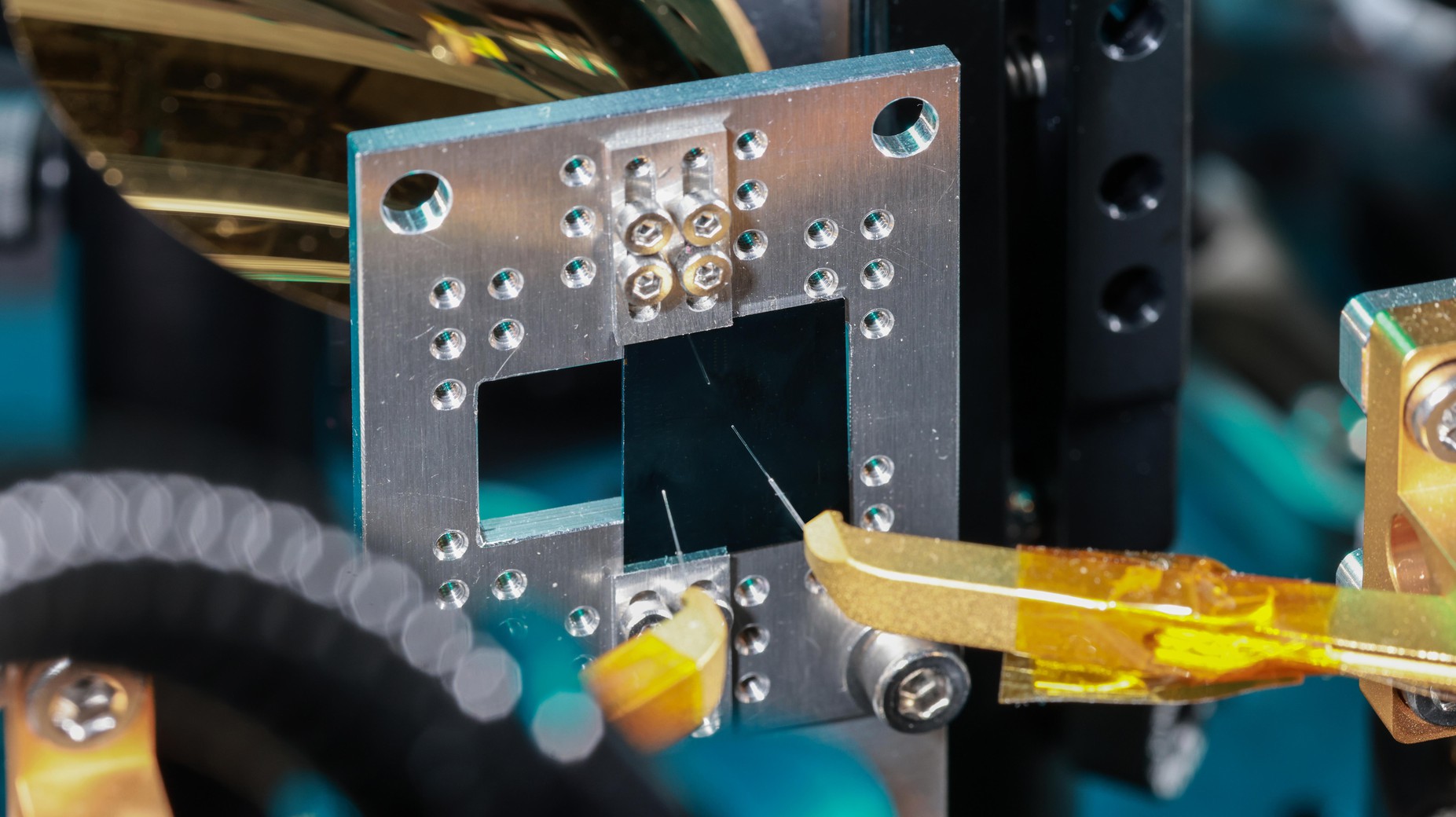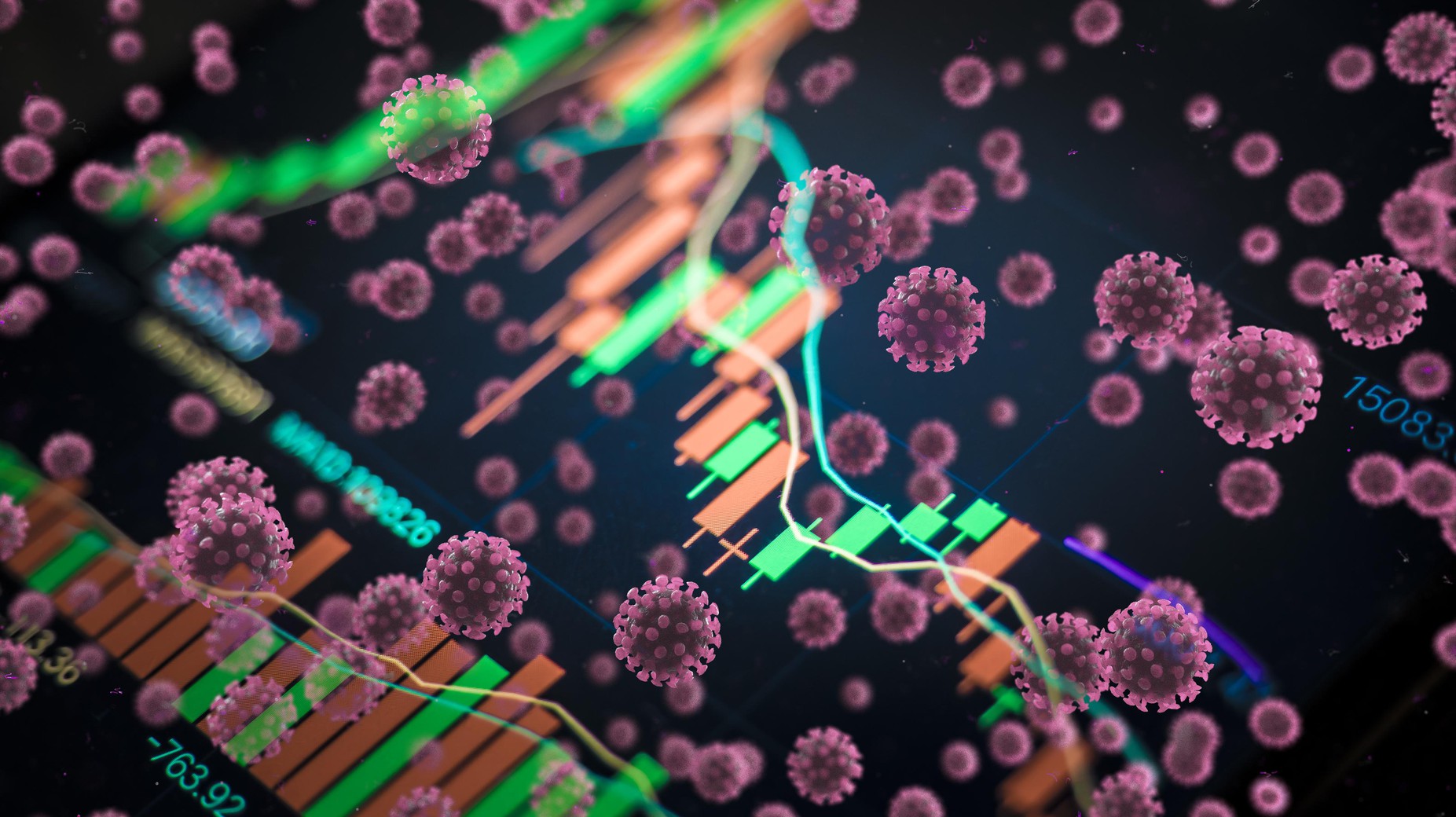Engineering for Data-Enabled & Networked Society
The expansive interest in data and network sciences, and the questions of computational complexity, security, and privacy, is deeply impacting engineering sciences and design. Our School is contributing to advances in machine learning and artificial intelligence and to the development of smart design tools that enable engineers to explore the design space more fully, for example, to discover new materials, to design intelligent systems, advance robotic technologies, and promote smart manufacturing.

Related news

Integrated photonic circuits could help close the ‘terahertz gap’
EPFL researchers have collaborated with those at Harvard and ETH Zurich on a new thin-film circuit that, when connected to a laser beam, produces finely tailorable terahertz-frequency waves. The device opens up a world of potential applications in optics and telecommunications.

A tool to detect higher-order phenomena in real-world data
EPFL researchers have developed a novel approach to network analysis that allows them to reveal and interpret, for the first time, interactions among multiple variables in data from neuroscience, economics, and epidemiology.

Electronic metadevices break barriers to ultra-fast communications
EPFL researchers have come up with a new approach to electronics that involves engineering metastructures at the sub-wavelength scale. It could launch the next generation of ultra-fast devices for exchanging massive amounts of data, with applications in 6G communications and beyond.
Related news
-

EPFL researchers have collaborated with those at Harvard and ETH Zurich on a new thin-film circuit that, when connected to a laser beam, produces finely tailorable terahertz-frequency waves. The device opens up a world of potential applications in optics and telecommunications.
-

EPFL researchers have developed a novel approach to network analysis that allows them to reveal and interpret, for the first time, interactions among multiple variables in data from neuroscience, economics, and epidemiology.
-

EPFL researchers have come up with a new approach to electronics that involves engineering metastructures at the sub-wavelength scale. It could launch the next generation of ultra-fast devices for exchanging massive amounts of data, with applications in 6G communications and beyond.
